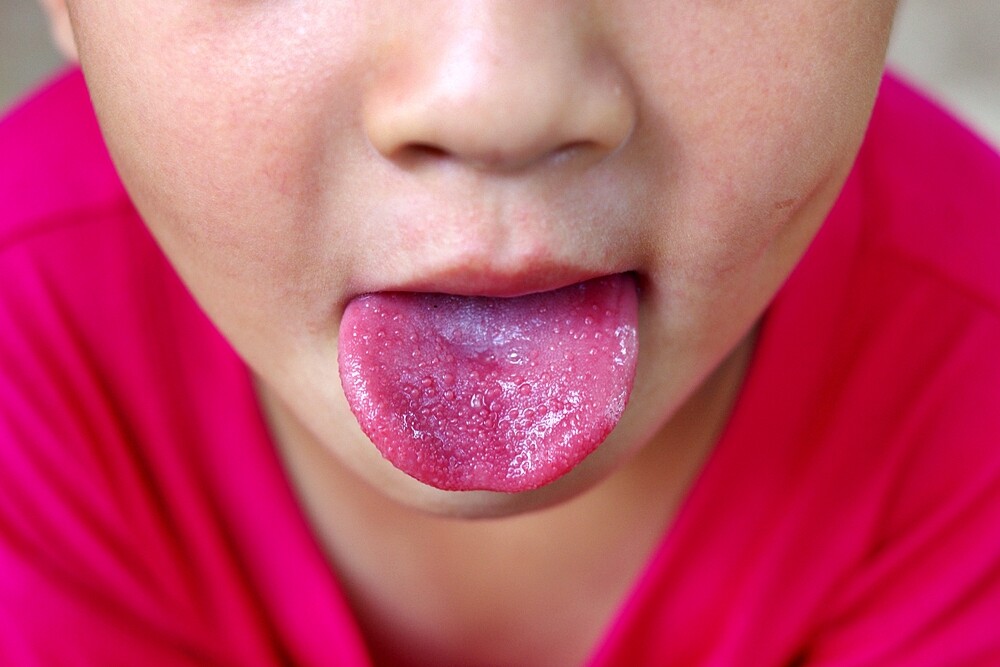Scarlet fever is a widespread and dreaded infectious disease. What is behind it and how you treat it, you can find out here.
What is scarlet fever?
Scarlet fever is a bacterial infectious disease that mainly affects children. The bacteria are streptococci (which can also cause erysipelas), which contain toxic substances. They usually cause sore throats and rashes on the skin.
Anyone who has caught an infection from the streptococci is basically immune to the pathogen in the future, but since there are many different pathogens, it is possible to contract scarlet fever several times.
Transmission and outbreak of scarlet fever
- The danger of transmission with the bacteria is absolutely given. Many people carry the pathogen inside themselves without being affected by the disease themselves. The bacteria are then usually spread in the air by speaking or coughing, so that transmission can happen by inhaling the pathogen. Less common, but certainly possible, is infection via shared items such as cutlery.
- Once infected with the bacteria, it usually takes up to three days before the disease breaks out. Those who take antibiotics are no longer contagious within 24 hours of taking them. Without treatment with antibiotics, however, the risk of infection is still possible 3 weeks later.
- In principle, anyone can become infected, but children are particularly affected by the disease.
Symptoms
- Scarlet fever does not come insidiously like many diseases, but with full force. Fever, rash, sore throat, vomiting – the list of symptoms is long and unpleasant.
- The rash usually appears within the first 48 hours after infection with the bacteria. They are small, pale patches which later become reddened. Except for the hands and feet, almost every part of the body can be affected, but typically there are spots in the groin area as well as on the head, neck, arms and legs. The stains disappear after about a week.
- In the case of infection, the area around the mouth is usually very pale and the tongue is covered with a layer, also known as a raspberry tongue. You can find out what a coated tongue means here.
Treatment
Anyone infected with scarlet fever should consult a doctor immediately. The doctor will treat the disease with the antibiotic penicillin. The so-called penicillin V is administered as a tablet to prevent complications and to establish resistance to the streptococci.
Even if you are no longer contagious one day after taking penicillin, you still take antibiotics for at least ten days.
Effects of scarlet fever
If treated correctly, scarlet fever proceeds without major complications. However, the disease can be accompanied by the following symptoms, among others:
- Otitis media
- Rheumatic fever
- High fever
- Abdominal pain
In general, you should always have any abnormalities assessed by your supervising doctor and take antibiotics as prescribed.
Precaution
- There is no reliable precaution to prevent the disease with scarlet fever. There is no vaccination against streptococci. It is important that an infection is quickly detected via symptoms such as fever, rash or vomiting to avoid complications and further infection.
- Especially in kindergartens and schools, close contact quickly leads to transmission by the children. It is therefore important to attach importance to thorough hygiene such as washing hands.

